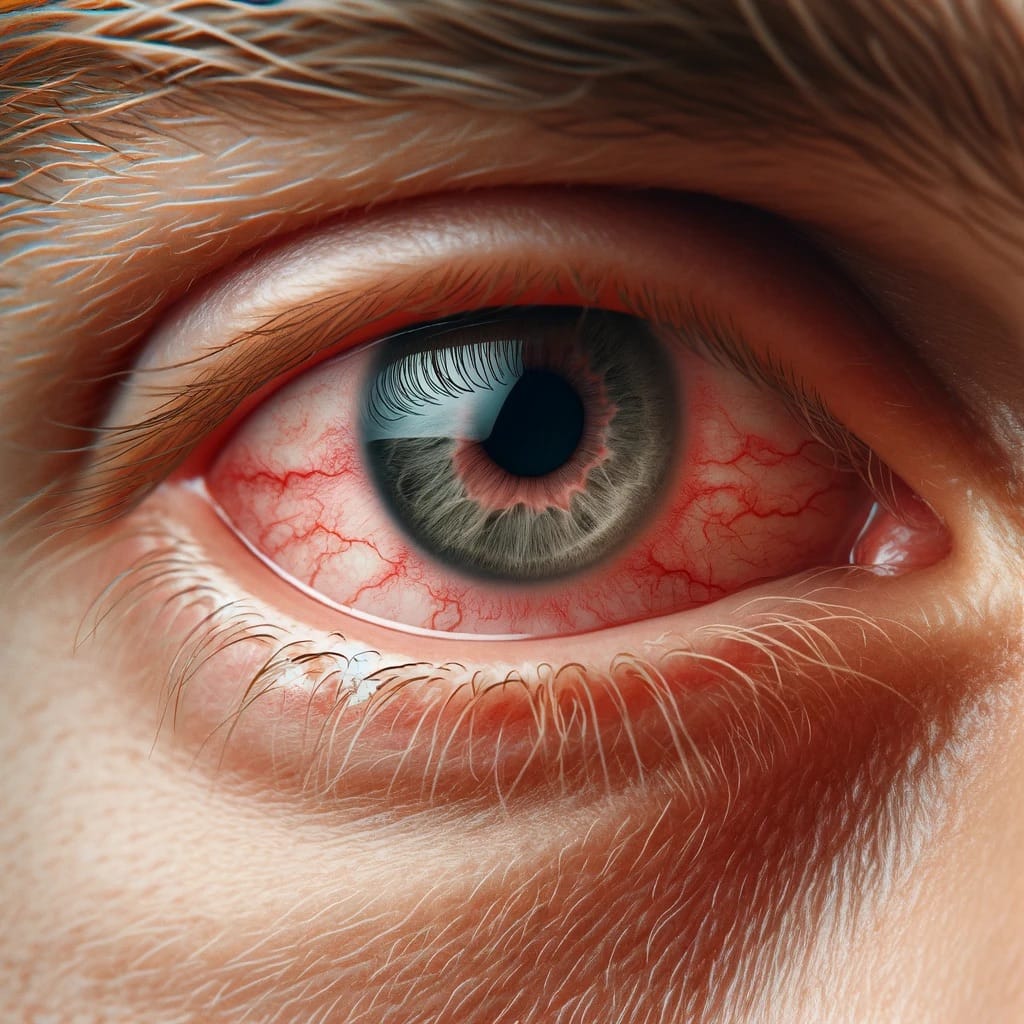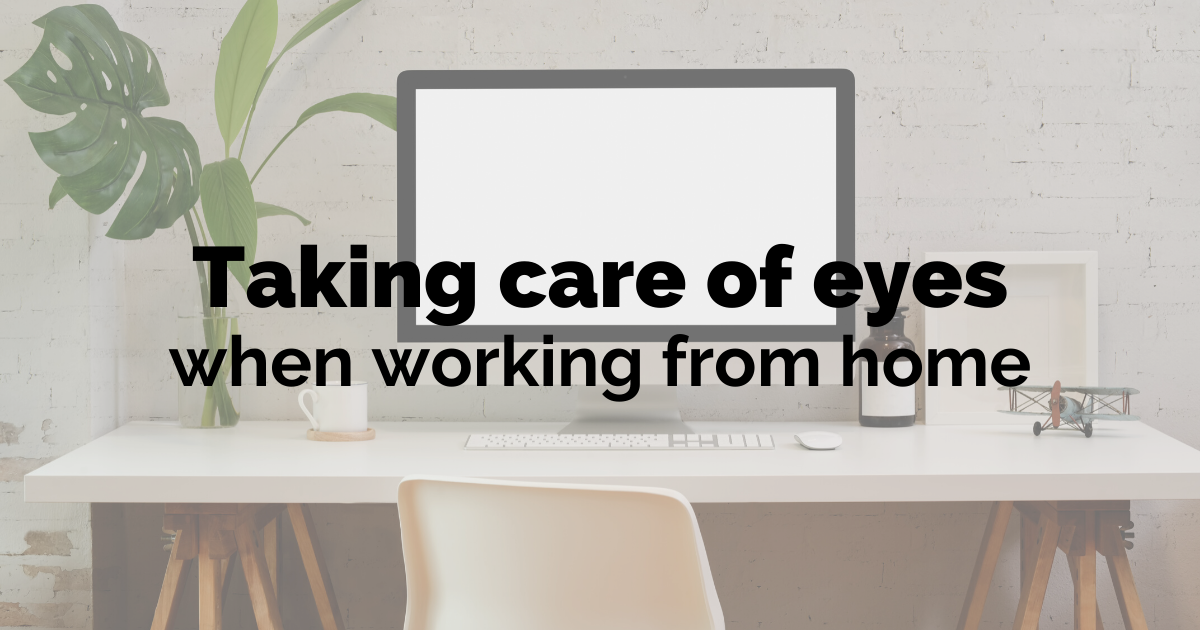As spring and summer roll around, many of us look forward to longer days, warmer weather, and blooming flowers. However, for millions of hay fever sufferers, these seasons also bring a familiar and unwelcome set of symptoms: itchy, red, and watery eyes, sneezing, and a runny nose. Hay fever, or allergic rhinitis, is an allergic reaction to pollen from trees, grasses, and weeds. While medication and other preventative measures are commonly discussed, one simple accessory can significantly reduce the discomfort of hay fever: sunglasses.
The Role of Sunglasses in Hay Fever Prevention
Sunglasses are more than just a fashion statement or a means to protect your eyes from harmful UV rays. They can also serve as an effective barrier against pollen, one of the main culprits behind hay fever symptoms. Here’s how sunglasses can help:
- Reducing Pollen Exposure Pollen grains are tiny and easily carried by the wind. When they come into contact with your eyes, they can trigger an allergic reaction, leading to symptoms like itching, redness, and watering. Wearing sunglasses can help shield your eyes from direct exposure to pollen. This barrier reduces the amount of pollen that reaches your eyes, thereby minimising the severity of symptoms.
- Providing Better Eye Coverage Not all sunglasses are created equal when it comes to protecting against hay fever. Wraparound sunglasses are particularly effective because they offer more comprehensive coverage compared to standard sunglasses. They fit closer to the face and cover more of the eye area, which helps prevent pollen from entering from the sides. This enhanced protection makes wraparound sunglasses a smart choice for hay fever sufferers.
- Complementing Other Preventative Measures While sunglasses alone can significantly reduce eye symptoms, combining them with other preventative strategies can provide even greater relief. Here are some additional tips:
- Use antihistamine eye drops to reduce itching and redness.
- Keep windows closed during high pollen counts to limit indoor exposure.
- Shower and change clothes after spending time outdoors to remove pollen.
- Stay informed about daily pollen counts and try to stay indoors when levels are high.
- Protecting Against UV Rays In addition to blocking pollen, sunglasses also protect your eyes from harmful ultraviolet (UV) rays. Prolonged UV exposure can increase the risk of cataracts and other eye conditions. By wearing sunglasses, you not only alleviate hay fever symptoms but also safeguard your long-term eye health.
Choosing the Right Sunglasses
When selecting sunglasses to help with hay fever, consider the following features:
- Wraparound Design: Go for wraparound styles to ensure maximum coverage and protection from pollen entering from the sides.
- UV Protection: Make sure your sunglasses provide 100% to protect your eyes from harmful rays.
- Comfort and Fit: Choose sunglasses that fit comfortably and stay in place, especially if you plan to wear them for extended periods.
Conclusion
For hay fever sufferers, managing symptoms often involves a combination of strategies. Wearing sunglasses is a simple yet effective way to reduce pollen exposure and alleviate eye-related symptoms. By choosing the right pair of sunglasses and incorporating them into your daily routine, you can enjoy the outdoors with greater comfort and less discomfort. So next time you head outside during pollen season, don’t forget to grab your sunglasses – your eyes will thank you!

 Foods that can help with vision and eye health
Foods that can help with vision and eye health Itchy Eyes – Common Causes & Treatments
Itchy Eyes – Common Causes & Treatments Why sunglasses are just as important in winter
Why sunglasses are just as important in winter Taking care of your eyes when working from home
Taking care of your eyes when working from home